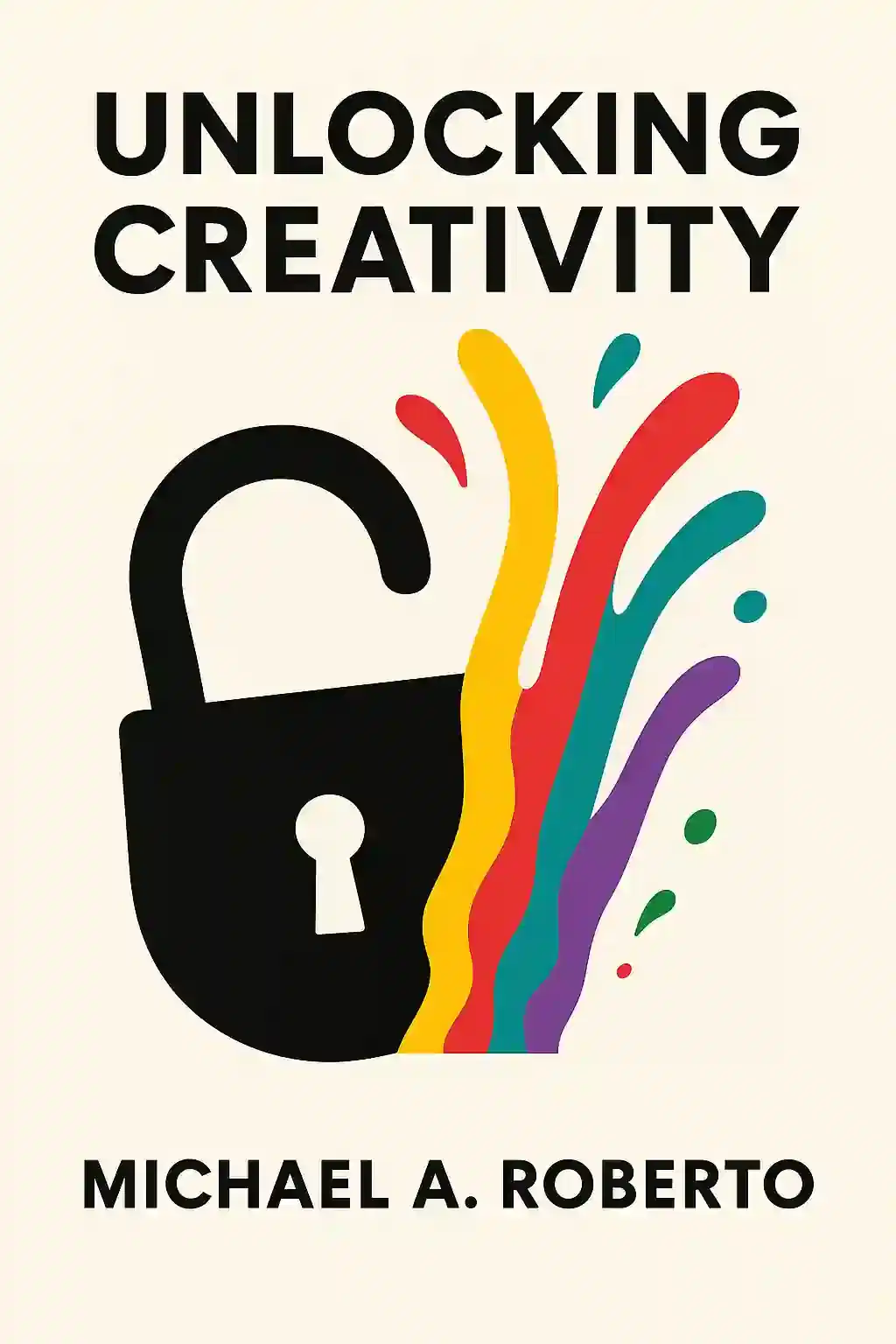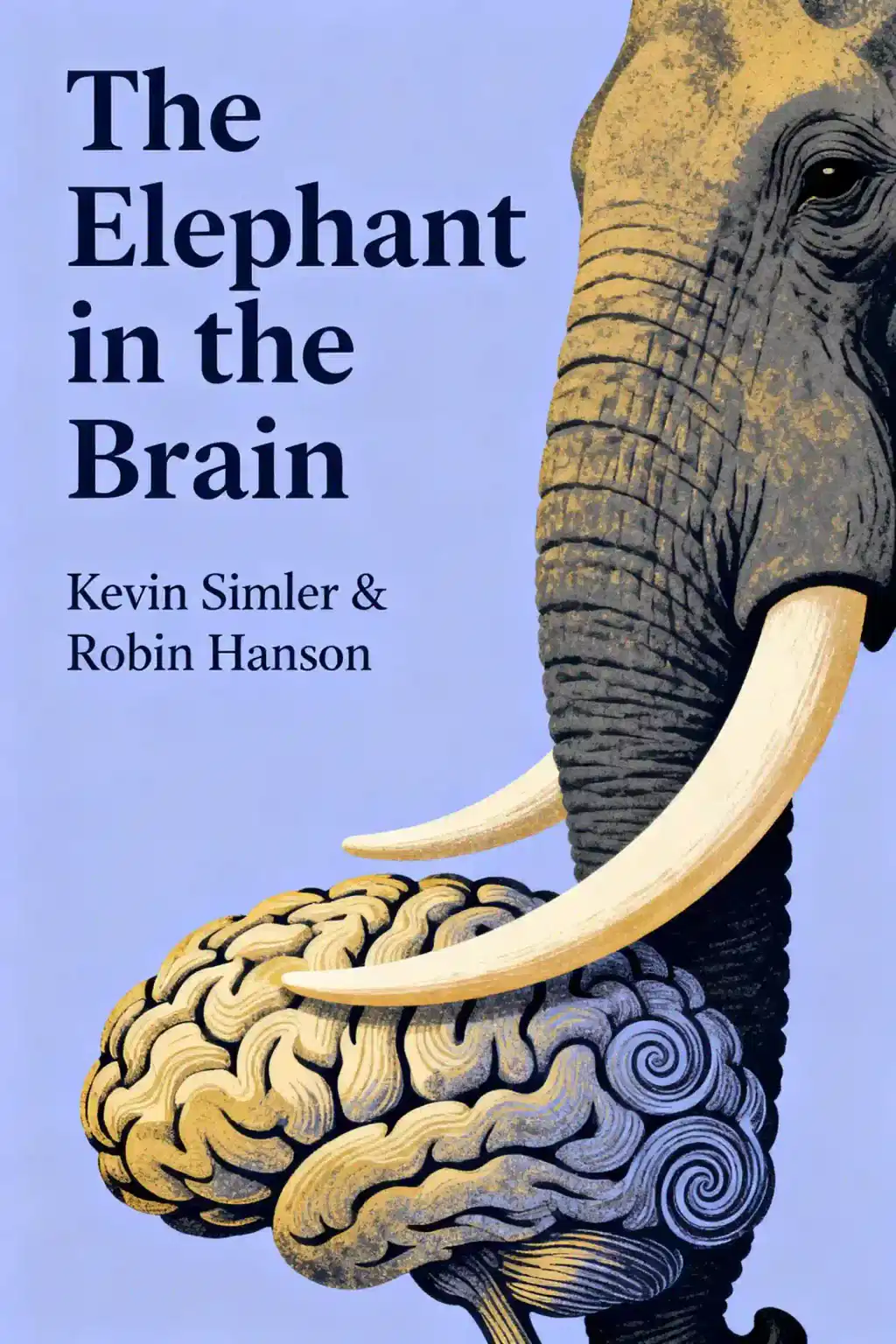What is
Scarcity Brain by Michael Easter about?
Scarcity Brain explores why humans crave more in a world of abundance, tracing this behavior to evolutionary survival mechanisms. Michael Easter reveals how modern systems exploit our "scarcity loop" through food, technology, and consumerism, while offering science-backed strategies to shift toward an abundance mindset. Key examples include slot machine design psychology and monastic practices for contentment.
Who should read
Scarcity Brain?
This book suits anyone struggling with overconsumption, decision fatigue, or addictive behaviors. It’s particularly relevant for readers interested in behavioral psychology, habit change, or understanding how modern environments manipulate ancient instincts. Easter’s accessible storytelling makes complex concepts engaging for general audiences and valuable for self-improvement enthusiasts.
Is
Scarcity Brain worth reading?
Yes—the book combines global research with actionable solutions, earning praise for its blend of scientific rigor and real-world case studies. It’s recommended for its fresh perspective on breaking cycles of craving and practical advice like detecting "scarcity cues" in daily life.
What is the "scarcity loop" in
Scarcity Brain?
The scarcity loop is a three-part cycle driving repetitive behaviors: opportunity (perceived reward), unpredictable rewards (variable outcomes), and quick repeatability (easy retries). Easter explains how casinos, social media, and consumer brands engineer these loops to trigger cravings, often at the expense of long-term well-being.
How does
Scarcity Brain address modern technology's role in cravings?
Easter argues that apps and algorithms exploit our evolutionary need for novelty by providing endless "junk food" information and dopamine-driven interactions. Solutions include curating primary sources, resisting algorithmic conditioning, and prioritizing experiential learning over passive consumption.
What are the key strategies to combat scarcity mindset in
Scarcity Brain?
- Detect hidden scarcity cues: Identify triggers like social comparison or targeted ads.
- Create abundance loops: Replace craving-driven habits with rewarding, sustainable practices.
- Embrace "enough": Learn from global examples, like a former corporate executive who found fulfillment through minimalism.
How does
Scarcity Brain compare to Michael Easter’s previous book
The Comfort Crisis?
While The Comfort Crisis focused on embracing physical discomfort for growth, Scarcity Brain examines psychological and societal drivers of overconsumption. Both books blend adventure narratives with research but diverge in tackling distinct aspects of modern human behavior.
What real-world examples does
Scarcity Brain use to illustrate its concepts?
- A Las Vegas slot machine designer explaining addictive game mechanics.
- Benedictine monks using ritualized coffee-making to cultivate mindfulness.
- Iraq’s chief psychiatrist reframing addiction treatment in high-stress environments.
These cases highlight universal and niche applications of scarcity principles.
How does evolutionary biology explain our "scarcity brain"?
Humans evolved to prioritize short-term resource acquisition for survival, but this wiring clashes with today’s abundance. Easter details mismatches, like calorie-hoarding instincts leading to obesity, and proposes conscious recalibration of these ancient drives.
What criticism does
Scarcity Brain receive?
Some reviewers note the book focuses more on diagnosing scarcity triggers than providing step-by-step fixes. However, its strength lies in raising awareness—a critical first step for behavioral change, as seen in Easter’s emphasis on mindfulness and environmental redesign.
How can businesses apply
Scarcity Brain principles ethically?
Easter suggests companies avoid exploiting scarcity loops (e.g., endless notifications) and instead design for user well-being. Examples include transparent reward systems and fostering genuine connection over addictive engagement.
Why is
Scarcity Brain relevant in 2025?
As AI and personalized marketing intensify, understanding scarcity cues becomes critical. The book equips readers to navigate information overload, economic uncertainty, and digital addiction with timeless psychological frameworks.














